4 Interior Design Boards: Mood, Concept, Material & Furniture

People always ask me how to create beautiful interiors, find inspiration, and be a creative interior designer. Doing all of this is actually hard work, but not having the right foundation for the design process will make it even harder.
Today I want to share with you one of the bases of good interior design so that you can make your own process significantly better and improve your ability to create beautiful interiors. To do this, I will be exploring the process of making design boards.
Table of contents
Every project I work on begins with finding the inspiration behind my design. Doing this not only challenges my mind, but it also forces me to be creative and that is where most of us get stuck. I always like to tie my projects to the surrounding environment, especially when they happen to be breathtaking.
If you're working on a project and the surrounding environment is quite amazing, that's a safe place to start your design process. As I start thinking about what I want this project to be, I do not necessarily start thinking about the physical qualities of the project.
I used to do that, but I have trained my mind with a lot of work to think about the abstract first, and that is what my first design board will reflect.
1. Mood board
Interior design mood boards are a compilation of abstract imagery when you start working on a project.
For this project, we agreed that we wanted the space to feel relaxing, calm, quiet, and serene. These words are now stuck in my head as I try to figure out what they really mean.
Today, I'm using Milanote to create design boards for interior design. I'm new to this program but have been enjoying it.
Some sources that I have been using lately to find inspiration are Unsplash and Pinterest, so I'm typing words that I believe will convey this mood and that will allow me to find the images that are suitable for this project.
I like this image so I'm going to save it.
As I was thinking about this design, I had the idea of having a space that is floating.
I like the qualities of this action because it can convey feelings of serenity, quietness, and calmness.
I remember reading about one of the houses from famous architect Mies van der Rohe, the Farnsworth House.
And I thought of this house because it's kind of floating on this horizontal plane, and it's offset from the ground. The original intent of this structure and how it was designed and built this way was that the surrounding environment and the location had a lot of flaws but even so, I think that the outcome is so beautiful and so effortless.
One of the most difficult challenges for an architect or an interior designer is to be process-oriented. We tend to be product-driven instead, so this means that we're constantly thinking about the final design and what it will look like physically when a better approach would be to fall in love with the process.
2. Concept board
The concept board is a way to test if your mood board was done correctly. I make this type of board to bring those abstract qualities from the mood board into the actual physical qualities of the space.
So the concept is a continuation from the mood board in a more physical and clear way so that you can start to visualize how this space is going to look.
So at this point, I try to seek images that are a little bit clearer in terms of the design direction, but I still do not like to add images of whole interiors because I'm not trying to duplicate them.
What I do instead is include a lot of vignettes or snapshots together to create my own designs.
3. Material board
A material board typically comes after the concept board. It's samples of the materials that you're going to be using. Again, this should be a continuation of your mood board and your concept board. There are two types of material boards. You can have digital samples or you can have physical samples.
I do find that it's way more enjoyable to have physical samples so you can touch them and see the textures in person but in some cases, I do not have access to physical samples, and this is when I would start playing around with the digital board.
But I wouldn't rely on it too much because the colors are going to show differently on the screen than when you see them in person.
4. Furniture board
After the material board comes the furniture board. The furniture board is so much fun, in my opinion, because I love furniture. I think it's one of those items that complete a space and bring it alive. Also, it adds the functionality aspect to it, which is so important in interior design.
For this project, I was thinking of something more round, something that flows with the space, and something that kind of belongs to this space.
When you're making these boards, you want to have information for those pieces available, which is why I like to make notes.
Another super useful thing is to have the links close to those pictures, and it's easily done in Milanote.
Design boards
What type of board do you think is the most fun to create? Let me know in the comments section.























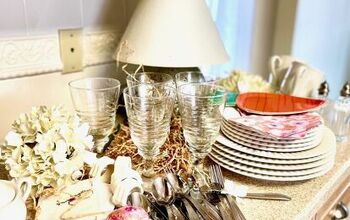
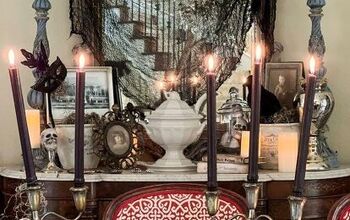
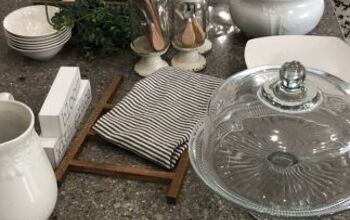



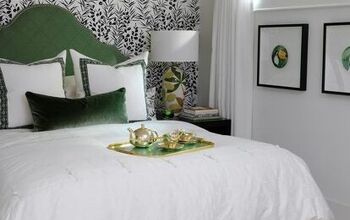

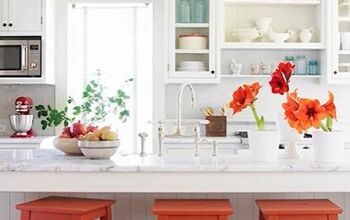




Comments
Join the conversation